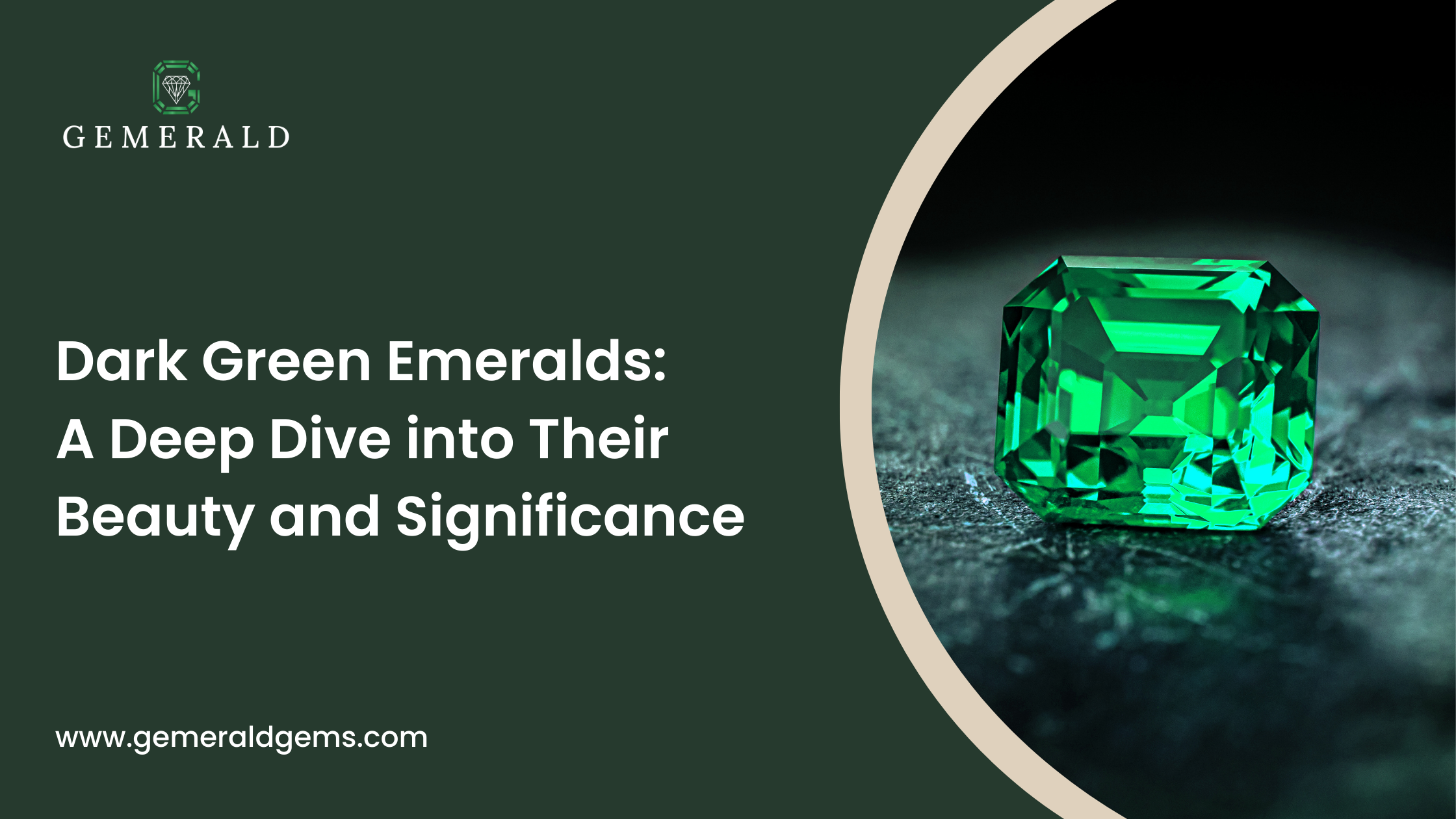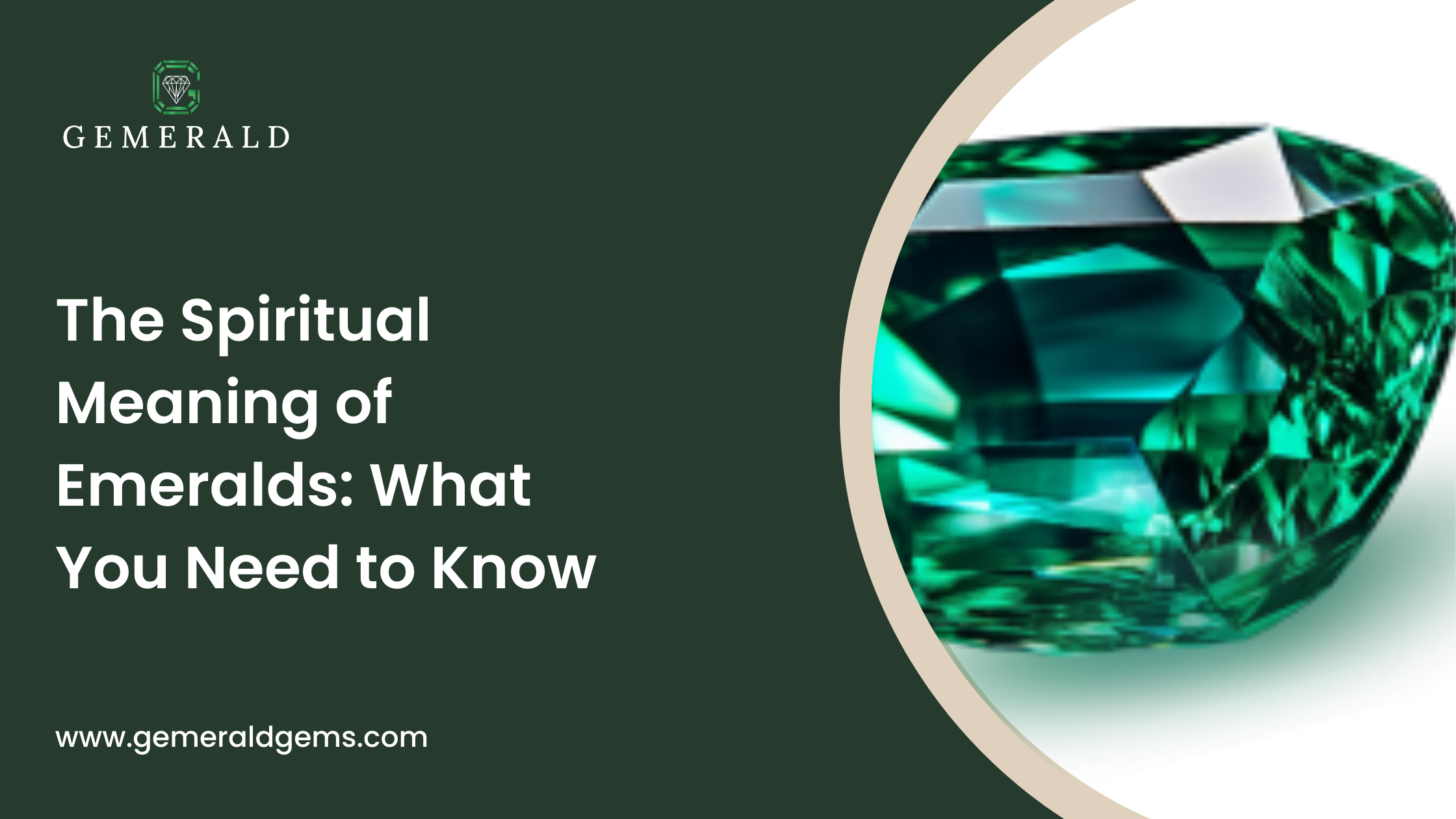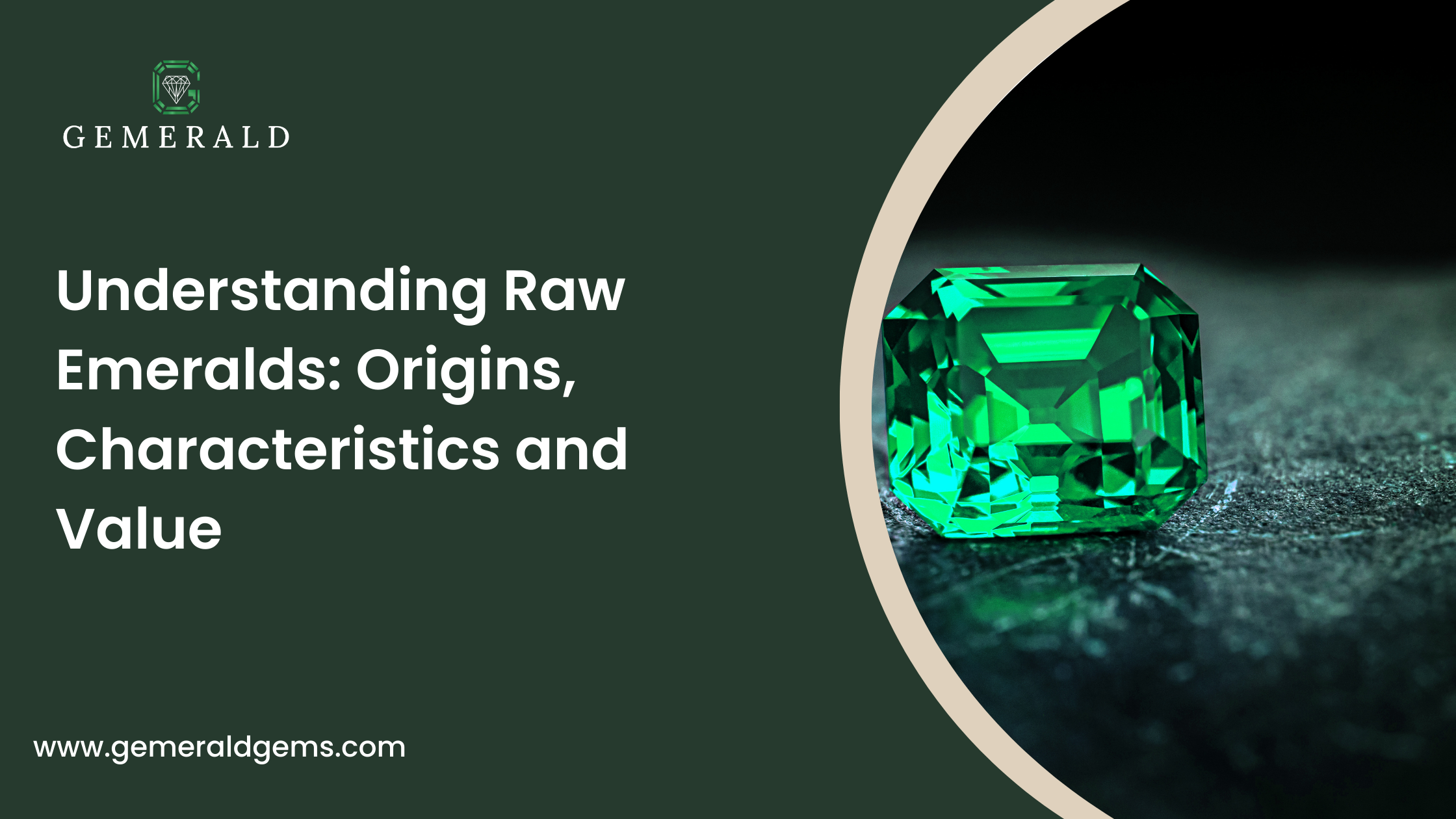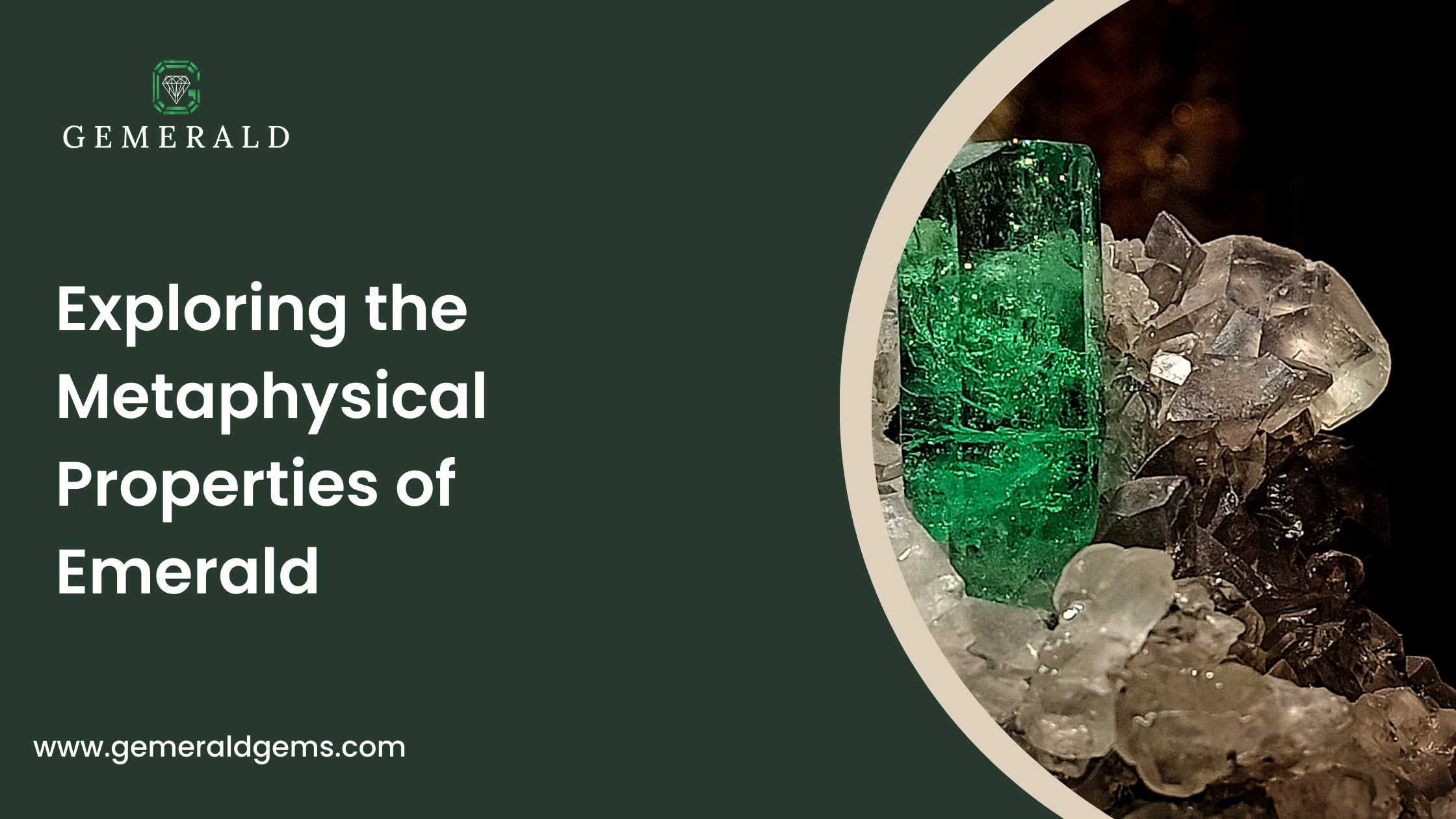Beryl, a gemstone as diverse as nature itself, has captivated enthusiasts and collectors for centuries with its unique characteristics and stunning colors. In this blog, we will understand more about Beryl, exploring the various types nature has bestowed upon us.
From Emerald’s deep greens to Aquamarine’s serene blues, each type of Beryl has its own story to tell. We’ll examine the different hues that define this remarkable gemstone.
But our journey doesn’t stop at just admiring their beauty. We’ll also uncover the practical uses of Beryl, which extend far beyond mere ornamentation. Whether it’s the role of Beryl in industrial applications or its significance in historical artifacts, there’s a wealth of knowledge to uncover.
This blog aims to be a comprehensive guide for anyone fascinated by gemstones, offering insights that appeal to both the seasoned collector and the curious newcomer. So, join us as we embark on this colorful journey into the heart of Beryl, a gemstone that is not just a feast for the eyes but a symbol of the intricate beauty of our natural world.
What is Beryl?
Beryl might sound complex, but it’s a fascinating and widely admired mineral. It’s made of beryllium, aluminum, and silicon, with a chemical formula of Be3Al2Si6O18. What makes beryl unique is its hexagonal shape. These hexagonal crystals can be found in various sizes, from small to very large, making each beryl unique.
Now, pure beryl is colorless and is known as Goshenite. But Beryl rarely stays pure. It often mixes with other minerals, which gives it a range of beautiful colors. For instance, green beryl is popularly called emerald, sunny yellow or golden beryl is known as heliodor, and serene blue beryl is aquamarine. Each color variant is a visual treat and is highly sought after in the world of gemstones.
Besides its beauty, beryl has a softer side compared to other minerals, and it’s not as heavy either, which is referred to as having a low specific gravity. When you look at a beryl stone, you’ll notice its sharp edges and the lack of lines or striations on its surface. These features contribute to its unique hexagonal geometry.
The Meaning of Beryl
The name ‘beryl’ comes from various ancient languages, originally meaning something similar to precious blue-green color-of-sea-water stone.
Did you know that when eyeglasses were first made in Italy in the 13th century, beryl was used for the lenses? That’s because glass wasn’t clear enough at the time for this purpose.
Beryl is also significant in an astrological sense. It is associated with the zodiac sign Scorpio and is regarded as Sagittarius’ talisman stone. Beryl is not an ordinary stone but a genuinely captivating mineral because it combines history, astrology, and breathtaking variety.
The Different Types of Beryl

Beryl represents an intriguing group of gemstones distinguished by their diverse colors and distinctive properties.
- Emerald (Green Beryl)
Emeralds are renowned for their vibrant green color. They symbolize rebirth and are considered the birthstone for May. Due to their rich color and rarity, emeralds are often included in royal crowns and high-end jewelry.
- Aquamarine (Blue Beryl)
Aquamarine is cherished for its clear, blue hue reminiscent of the sea. These gems are known for their excellent clarity and large sizes, making them popular in jewelry and collector’s pieces.
- Morganite (Pink Beryl)
Morganite boasts a range of pink tones, from soft pink to a more vibrant salmon color. Recently, it has gained popularity, especially in engagement rings, for its warm, feminine hues.
- Heliodor and Golden Beryl (Yellow Beryl)
These varieties display a bright, sunny yellow color. Heliodor, in particular, is named after the Greek words for ‘sun’ and ‘gift,’ reflecting its sun-like color.
- Goshenite (Colorless Beryl)
Goshenite is the pure, colorless form of beryl. It’s known for its transparency and is sometimes used as a diamond alternative due to its clarity and brilliance.
- Red Beryl
This rare variety of beryl is known for its striking red color caused by manganese. Red beryl is one of the rarest gemstones in the world, making it highly sought after by collectors.
- Pezzottaite
Discovered in 2003, pezzottaite is a rare, pinkish-red to pink gemstone. Its distinct chemical composition and crystal structure set it apart from other beryls.
The Versatile Uses of Beryl

Beryl is valued for its physical and metaphysical properties, which vary with each gemstone. Here’s a breakdown of its uses:
- Physical Benefits
- The physical benefits attributed to beryl span various aspects of health. It is thought to alleviate pain associated with kidney stones, potentially easing discomfort in the urinary system.
- In certain cultural practices, beryl has been used as a treatment for epilepsy, though this is not scientifically proven. Some believe in its cancer-preventative properties, often using it in elixirs.
- Additionally, beryl is considered beneficial for overall organ health and is thought to aid in detoxifying the body from harmful substances. Lastly, it is sometimes used in treating throat infections and is believed to assist in recovery.
- Emotional Benefits
- It’s commonly known for its stress- and anxiety-relieving properties. If you’re feeling overwhelmed, Beryl might help calm your nerves.
- Some also use it to manage depression symptoms, potentially providing a sense of upliftment. In times of loss or grief, beryl is believed to offer support, helping individuals process and cope with their emotions. It has a comforting presence, providing a little emotional balance when needed.
- Metaphysical Properties
- It enhances dream recall for dream enthusiasts, making remembering and interpreting dreams easier. Those into divination find beryl helpful in seeking guidance, as it’s believed to aid in connecting with spiritual insights.
- It also offers psychic protection, acting as a shield against negative energies. For divination, particularly in scrying practices, beryl is considered a helpful tool. For those focusing on their spiritual journey, beryl is thought to enhance meditation and improve concentration, aiding in spiritual growth and development.
- Meditation and Grounding
- Beryl is known for its ability to enhance mental clarity and provide grounding during meditation. It’s also believed to interact with various chakras:
- Clear beryl aligns with the Crown Chakra, aiding in spiritual connection.
- Blue beryl, including aquamarine, is associated with the Third-Eye Chakra, enhancing intuition.
- Aquamarine specifically resonates with the throat chakra, facilitating communication.
- Emerald, a form of Green beryl, connects with the Heart Chakra, promoting love and healing.
- Yellow beryl stimulates the Solar Plexus Chakra, enhancing personal power.
- Morganite, representing the Sacral Chakra, supports creativity and emotional balance.
- Finally, Red beryl corresponds with the Root Chakra, grounding and stabilizing energy.
The world of beryl gemstones is as rich and varied as the colors they display. Whether used in jewelry, meditation practices, or as a means of personal growth, beryls continue to captivate and enrich our lives in myriad ways.
Explore the Radiant World of Emeralds at Gemerald Gems

At Gemerald Gems, we’re excited to share our gemstone collection with you. Each gem is chosen with care, offering something special for everyone. It’s more than jewelry; it’s about discovering a colorful, enchanting world.
Feel free to reach out to us, and we’ll help you find a gemstone that suits you perfectly. Start your journey with Gemrald Gems and see the beauty we have in store.










